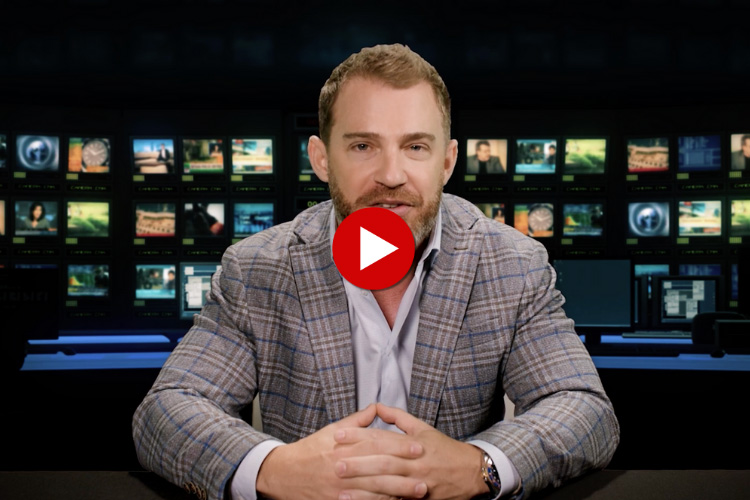Setting goals is absolutely crucial when trading the markets.
Because doing so can help you plan a course of action that you’ll need into order to realize those goals.
How should you develop a trading goal to begin with, you ask?
Well, there’s no one strict way of doing it, of course. It’s a personal matter that’s best left for you to decide on.
It would do you well, however, to learn some important principles about setting trading goals, so allow me to give you some essential futures trading education!
Perform a Self-Assessment
First, perform a self-assessment. Understanding yourself is crucial when it comes to setting goals.
Are you a risk taker? What kind of trader are you? Do you prefer holding on for longer periods or are you a swing trader?
Aligning yourself properly is key to understanding what your trading habits will be and ultimately what reasonable trading goal you should have.
These habits will most certainly dictate how you act during trading hours, so being sincere and honest with yourself is important.
Use Your End-Goal as a Base
Second, use your end-goal as a base from which to set smaller goals.
Suppose you want to set a goal of making $52,000 in one year through trading. Since there are 52 weeks in a year, a good course of action is aiming to make $1,000 a week on average.
You can then break that down to $200 a day for five days in order to make the cut.
From there, you can start setting smaller targets, like how many trades you should do every day and how much each of those trades should be.
Adopt a Good Strategy
Finally, adopt a good strategy, and stick to it.
You need a good strategy to help you find success, but what strategy you intend to follow is entirely dependent upon you.
However, we do recommend that when planning this, you take into consideration five important points, which are:
Risk Management: This means figuring out your risk tolerance. Remember, one trade is all it takes to lose all your money, so try to understand how much you’re willing to risk and potentially lose.
Direction: A good strategy is understanding whether the market’s direction is going up or down.
Entry: This means knowing when to start buying. This point goes hand in hand with your direction strategy in that knowing when the market is about to go up should dictate what your entry strategy should be.
Stops: Conversely, this means knowing when to stop buying and is again tied to your direction strategy.
Limits: This means knowing when to exit trading, ideally with profits, which should be aligned to your trading goals.
The Bottom Line
Once you’ve got your strategy outlined and your goals in place, you need to know how to enter and exit your trades with precision.
If you want more detail on how I’m trading the markets in my premium War Room research service, check out the link in the P.S. below…
And for more on the markets as well as trading education and trading ideas, look for the next edition of Josh’s Daily Direction in your email inbox each and every trading day.
I’ll be bringing you more of my stock and futures contract trading tutorials as well as some additional trading ideas.
And if you know someone who’d love to make this a part of their daily trading routine, send them over to joshsdailydirection.com to get signed up!
Keep on trading,

P.S. Countless everyday Americans are earning anywhere from an extra few hundred bucks a week…
Get the urgent details — and a special $5 deal for a full year of my War Room — right here…
The post What Kind of Trader Are You? appeared first on Josh Daily Direction.





